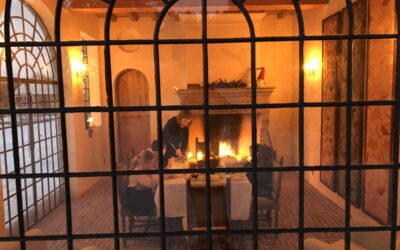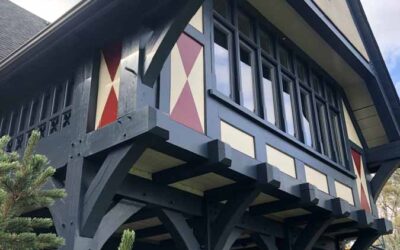A fundamental confusion exists in the discourse surrounding architecture, where the terms “traditionalist” and “traditional,” or “modernist” and “modern,” are often conflated. This has led to an unfortunate and unnecessary divide in architectural thought. Traditional architecture is not a stylistic preference but a continuation of living, evolving practices. A “traditionalist” approach, however, often seeks to freeze tradition in time, treating it as a rigid aesthetic rather than an adaptive, evolving methodology. Similarly, modern architecture, in its true sense, is not about the aesthetic of glass and steel but about responding intelligently to context, materials, and human needs. However, “modernism” as an ideology frequently rejects historical forms outright, promoting a radical break from the past rather than an evolution of architectural principles. These distinctions are crucial, as they reveal the core of the debate: should architecture be defined by an aesthetic preference, or by its ability to serve both history and progress?
Heritage as Relic vs. Heritage in Use
The way we treat heritage buildings has only exacerbated this divide. The Venetian Charter, meant to guide the conservation of historic buildings, has inadvertently turned heritage into a collection of lifeless relics rather than maintaining it as an active, evolving part of the built environment. By freezing historic buildings in time, we sever their connection to contemporary life, making them feel like museum pieces rather than vital elements of our cities. This rigid approach discourages the natural evolution of architecture, reinforcing the notion that traditional design belongs to the past and pushing architects and the public alike toward the modernist alternative—not out of preference, but as a reaction against an ossified past.
The Flight to Modernism: A Reaction to Pastiche
The fascination with modern architecture often arises not out of a love for its principles but as an escape from pastiche. When traditional architecture is reduced to mere decoration, stripped of its structural logic and meaning, it becomes a parody of itself—an empty imitation rather than a living tradition. It is no wonder that people reject it, seeking something that feels more honest, even if that means embracing the stark abstraction of modernist forms. However, this binary choice between soulless imitation and radical newness is a false one. Authentic traditional architecture is neither nostalgic nor imitative but is instead rooted in principles that have always been adaptable, practical, and beautiful.
Similarly, modernism has suffered from its own pastiche problem. The relentless pursuit of novelty for its own sake has led to buildings that, while appearing “modern,” fail in functionality, context, and livability. Just as traditionalist buildings can become lifeless replicas, modernist designs can become sterile exercises in form over function. The true essence of modern architecture should be about intelligent problem-solving, integrating contemporary needs while respecting enduring principles of scale, proportion, and material honesty.
Reclaiming Architecture as a Living Tradition
If architecture is to regain its meaning, we must move beyond the ideological battles between traditionalism and modernism and instead focus on building well. Heritage buildings should be allowed to live, to evolve, to remain in use rather than being trapped in a frozen state of conservation. Likewise, new architecture should learn from the past without resorting to shallow replication or sterile abstraction. The way forward is neither strict traditionalism nor rigid modernism, but an architecture that is rooted in enduring principles, responsive to place, and designed for human life.
It is time to end the divide and embrace an architecture that is not about choosing a side but about understanding the lessons of the past and applying them to the present in ways that are meaningful, functional, and beautiful.




0 Comments